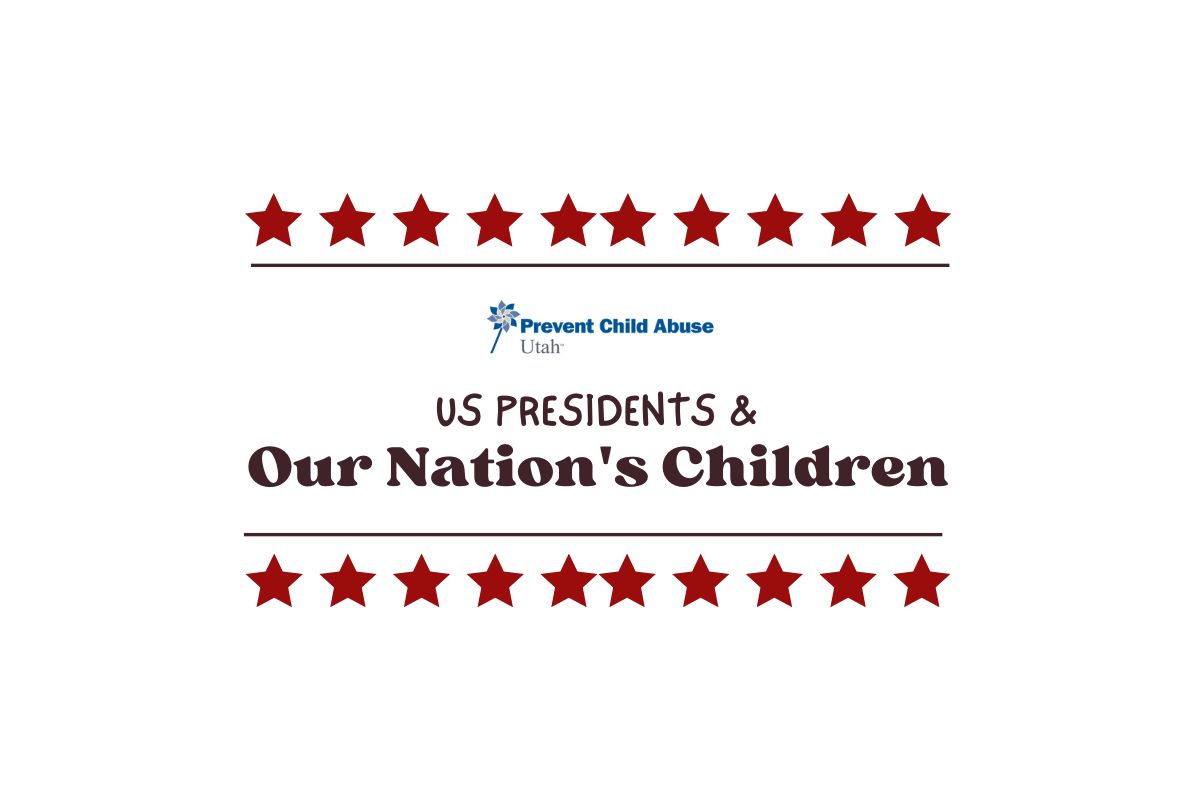
From the beginning of our nation’s history, U.S. presidents have supported and passed legislation to protect children. President Theodore Roosevelt and President Bill Clinton both created such programs.
- President Theodore Roosevelt who established the Children’s Bureau in 1912 which has worked to promote the welfare of children and prevent child abuse and neglect.
- President Bill Clinton signed the State Children’s Health Insurance Program (CHIP) into law in 1997 which provides health coverage to low-income children.
Newsies
Did you know the story of the Newsies is a real US History event? It took place in 1899 in New York City. The newsboys strike lasted two weeks! The young newsboys were able to bring a stop to the newspaper circulation in New York City. This event forced then Mayor Theodore Roosevelt, to take action and protect the children workers in his city.
There are few things more vital to the welfare of the Nation than accurate and dependable knowledge of the best methods of dealing with children…” – President Theodore Roosevelt
Later, US President Roosevelt convened the first White House Conference on Children. This meeting brought together social workers, educators, juvenile court judges, labor leaders, and other men and women concerned with children’s well-being. This group created the Federal Children’s Bureau.
The Children’s Bureau
From its humble beginning, the Children’s Bureau has made tremendous progress in improving the welfare of our nation’s children and families. Due in part to the Bureau’s success, its mandate to address the needs of “the whole child” eventually grew too large for a single government agency.
Over the first 100 years of work (1912-2012) the Children’s Bureau has transformed the lives of the children it has fought to save and protect.
Between 1912-2012;
- The infant mortality rate dropped from close to 1 in 10 to fewer than 7 per 1,000 live births.
- Today’s child labor standards were a major victory for the Children’s Bureau and its partners.
- Modern child welfare agencies focus on finding a permanent family for every child.
- The Children’s Bureau has been at the forefront of efforts to enhance the child welfare workforce.
The Bureau helps gather resources to improve the lives of children and families. From the eradication of child labor to the reduction of infant mortality to improving living conditions for orphans,
Child’s Health Insurance Program (CHIP)
In 1997, 10 million children were without health insurance. Many were in working families with incomes just above states’ Medicaid eligibility levels. That same year, President Bill Clinton and his administration created the Children’s Health Insurance Program. This program gives states financial support to expand publicly funded coverage to children who are uninsured or who do not qualify for Medicaid. CHIP provides states with a set amount of funding that must be matched with state dollars.
A Utah Families Chip Success Story; the Campbell Family
Tanya Campbell was working as a substitute teacher because no full or part-time teaching positions were available in her area. Her husband is self-employed so they didn’t have any employer-sponsored insurance coverage. Like many other Utah families, private insurance plans were too expensive for their family to afford. After enrolling their four children in CHIP, their daughter had a severe reaction to a sulfa-based antibiotic given to her for bronchitis. They ended up rushing her to the emergency room where she was given antihistamines to help her breath. “Thank goodness we were on CHIP,” said Tanya. “I may have waited too long to take her to the emergency room if I hadn’t known I had the coverage.”
Tanya is now a full-time teacher and has coverage through the school district. “Having my kids on CHIP and then being able to have coverage through my job was like having a safety net while walking on a wire between poles. I am thankful there was the CHIP program to help us out.”
For Information about how to apply for CHIP click here. You can also talk to a member of our Parents as Teachers (PAT) program.
